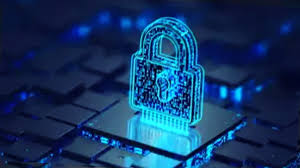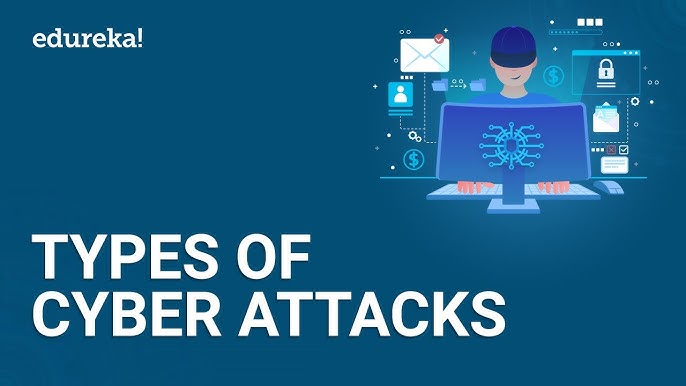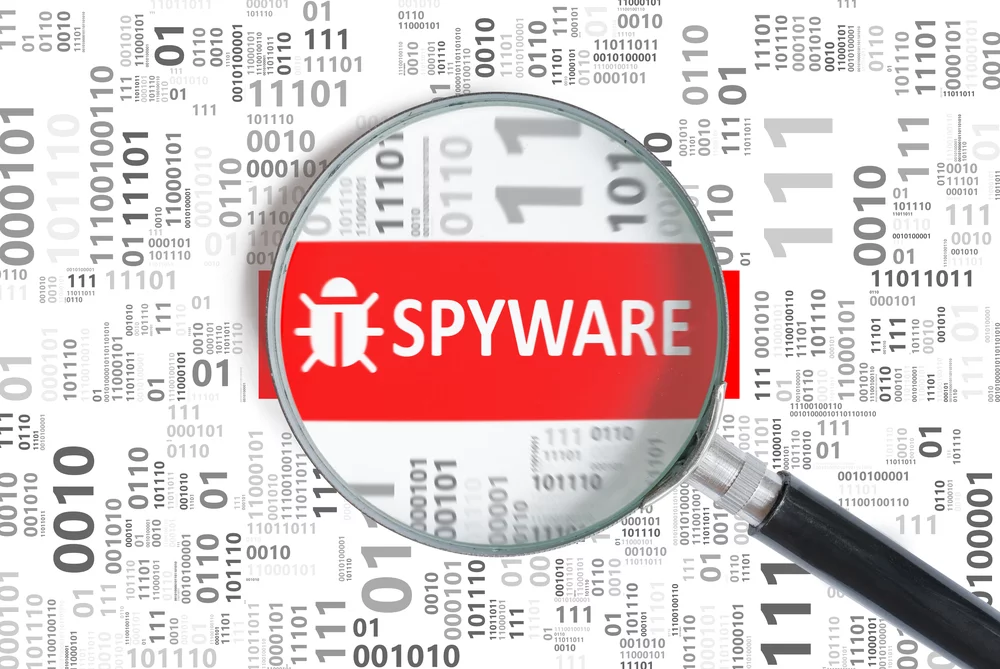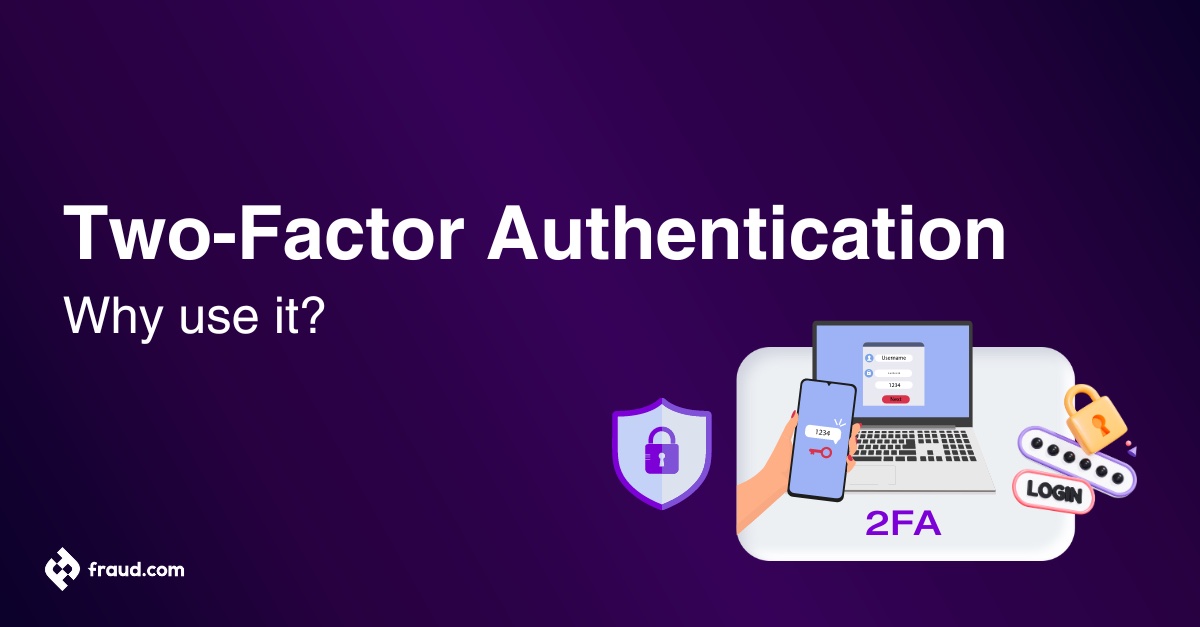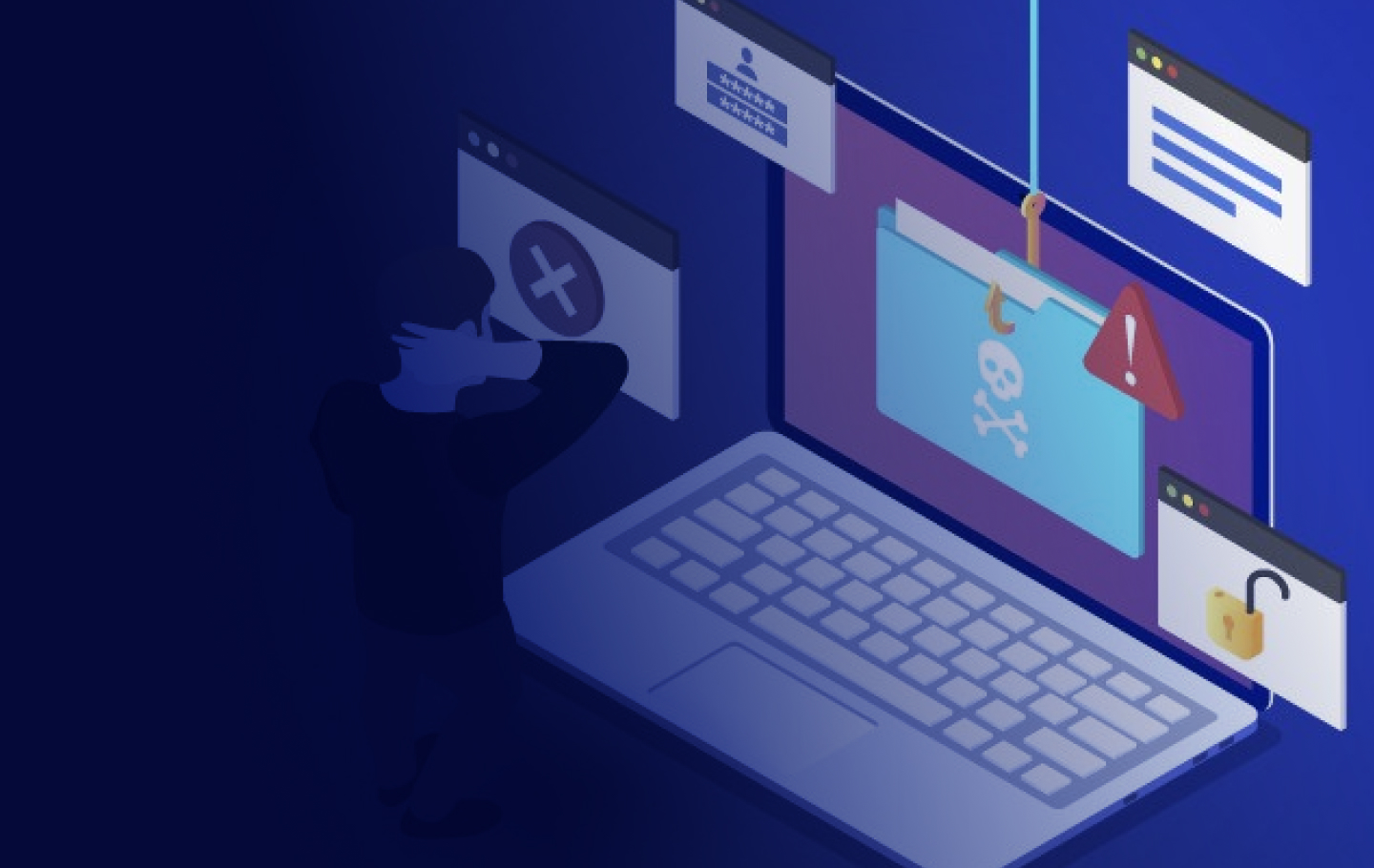Unprecedented technological advances brought forth by the digital age have revolutionized our way of living, working, and communicating. But along with this quick expansion comes a brand-new, constantly changing threat landscape: cyberattacks. Data is now more valuable than oil, thus cyber security is now a top concern for everyone—individuals, comp
anies, and governments. There has never been a greater urgent need to protect private data, keep digital systems secure, and preserve sensitive information. In order to safeguard the digital frontier, this article explores the fundamental cyber security tactics.
The Landscape of Growing Threat
From simple viruses and lone assaults to complex, massive operations managed by hacktivists, cybercriminals, and even state-sponsored actors, cyberthreats have come a long way. Ransomware, phishing, advanced persistent threats (APTs), Distributed Denial of Service (DDoS) assaults, and insider threats are some of these dangers. These attacks may have a variety of negative effects, such as monetary losses, business interruption, harm to one’s reputation, and legal implications.
Cybersecurity Ventures projects that worldwide cybercrime expenditures will approach an astounding $10.5 trillion per year in 2023 alone. Vulnerabilities were made worse by the COVID-19 pandemic as people and companies moved to remote work settings without putting in place sufficient security safeguards. Strong cyber security frameworks are essential as businesses digitize more and more of their operations.
Protecting the Digital Frontier: Crucial Techniques for Cybersecurity
Unprecedented technological advances brought forth by the digital age have revolutionized our way of living, working, and communicating. But along with this quick expansion comes a brand-new, constantly changing threat landscape: cyberattacks. Data is now more valuable than oil, thus cyber security is now a top concern for everyone—individuals, companies, and governments. There has never been a greater urgent need to protect private data, keep digital systems secure, and preserve sensitive information. In order to safeguard the digital frontier, this article explores the fundamental cyber security tactics.
The Landscape of Growing Threats
From simple viruses and lone assaults to complex, massive operations managed by hacktivists, cybercriminals, and even state-sponsored actors, cyberthreats have come a long way.
Another essential element is threat intelligence, which entails obtaining, evaluating, and comprehending data regarding present and new cyberthreats. Organizations may anticipate possible attacks and proactively strengthen their security by keeping up with the latest trends and methods employed by cybercriminals.
2. Network Firewalls and Security
To stop illegal access to systems and data, an organization’s network must be secured. As the initial line of protection, firewalls—hardware and software—monitor incoming and outgoing traffic to make sure that only authorized traffic is permitted to get through.
Another useful technique is network segmentation, which isolates distinct network components from one another to keep attackers from accessing the entire system in the event that one component is compromised. VPNs, or virtual private networks, might additionally improve
3. Encrypting Data and Securing Endpoints
In order to prevent sensitive information from being intercepted and misused, data encryption is essential. Encryption makes sure that even if data ends up in the wrong hands, it cannot be decrypted without the right decryption key, regardless of whether it is being transferred over the internet or kept on devices or in the cloud.
Endpoint security is the defense of individual devices, such PCs, tablets, and smartphones, which are frequently used as points of access into a network by cybercriminals. Antivirus software, intrusion detection systems, and device management tools are examples of endpoint security solutions that assist stop malware infections and illegal access to these devices.
4. MFA, or multi-factor authentication
Given the ubiquity of password breaches, passwords are no longer adequate for safeguarding accounts and systems.
Typically, multi-factor authentication (MFA) integrates three elements: the user’s identity (biometric identification, like fingerprints or facial recognition), their possession (physical tokens or smartphones), and their knowledge (passwords). This lowers the risk of unwanted access considerably, even in the event that a password is stolen.
5. Instruction on Security Awareness
One of the weakest points in cyber security is still human mistake. One of the most prevalent types of cyberattacks is phishing, which involves deceiving people into divulging private information or downloading malware. These assaults are successful because people are often unaware of them.
Regular security awareness training programs should be implemented by organizations to inform staff members on the risks associated with social engineering, phishing, and other online threats. Training ought to cover how to spot shady communications, steer clear of dubious links, and
6. Plans for Incident Response and Recovery
Even with optimal safeguards, cyberattacks may still happen. An incident response strategy that is well established guarantees that organizations can contain and minimize harm in a timely manner. The actions to be taken right away following a breach, such as locating the attack’s origin, stopping its spread, eliminating the threat, and restoring compromised systems, should be outlined in incident response plans.
Establishing a backup and disaster recovery plan is essential to incident response. By regularly backing up important data, businesses may minimize downtime in the case of a cyberattack or system failure and resume operations as soon as possible.
7. Architecture of Zero Trust
With today’s climate of advanced persistent threats and insider assaults, the classic “castle-and-moat” approach to cyber security is no longer sufficient. This strategy is based on the assumption that everything inside a network is trustworthy. The foundation of the Zero Trust paradigm is the idea that no user or device—internal or external to the network—should be trusted by default.
Continuous verification of each user, device, and application trying to access a network is necessary for Zero Trust. This entails putting in place stringent access restrictions, limiting user access to the resources they actually need through least privilege regulations, and routinely scanning and inspecting network traffic for unusual activity.
8. Security in the Cloud
The growing adoption of cloud-based services by enterprises has made cloud environment security a vital component of cyber security. Although cloud service providers frequently put their own security measures in place, users are also in charge of protecting their data and apps on the cloud.
This include employing cloud-specific security solutions like Cloud Access Security Brokers (CASBs) to monitor activity and enforce security policies across various cloud services, making sure that data stored in the cloud is encrypted, and putting access controls in place to restrict who can view or modify information.
9. Robotics and artificial intelligence
Emerging technologies like artificial intelligence (AI) and machine learning (ML) can improve cyber security by seeing patterns and abnormalities in massive volumes of data that are impossible for humans to see.
AI can be used, for instance, to monitor network traffic and spot anomalous activity, such as an abrupt increase in data transfers or attempts to access network locations that are banned, that may point to a cyberattack. Additionally, patch management can be automated with the use of AI-based solutions, guaranteeing that vulnerabilities are patched before they are exploited.
10. Regulatory and Compliance Needs
Cybersecurity is both a technological and a legal concern. Organizations are subject to a number of legal regulations aimed at safeguarding the security and privacy of their data. For instance, strict requirements for how organizations must manage personal data are set by the California Consumer Privacy Act (CCPA) in the U.S. and the General Data Protection Regulation (GDPR) in Europe.
If these regulations are broken, there may be consequences
In summary
A proactive and multifaceted approach is needed to secure the digital frontier as cyber threats continue to grow in complexity and size. Organizations can drastically lower their attack susceptibility by putting important cyber security techniques like risk assessments, encryption, multi-factor authentication, and incident response plans into practice. Maintaining a robust cyber defense will also depend on cultivating a culture of security awareness and keeping up with the most recent developments in AI and Zero Trust architecture.
There are countless opportunities in the digital age, but there are also significant threats. Investing in strong cyber security tactics is not just an option—it is a need for survival and success in the modern world, especially in this era of constant connectivity and cyberattacks.


